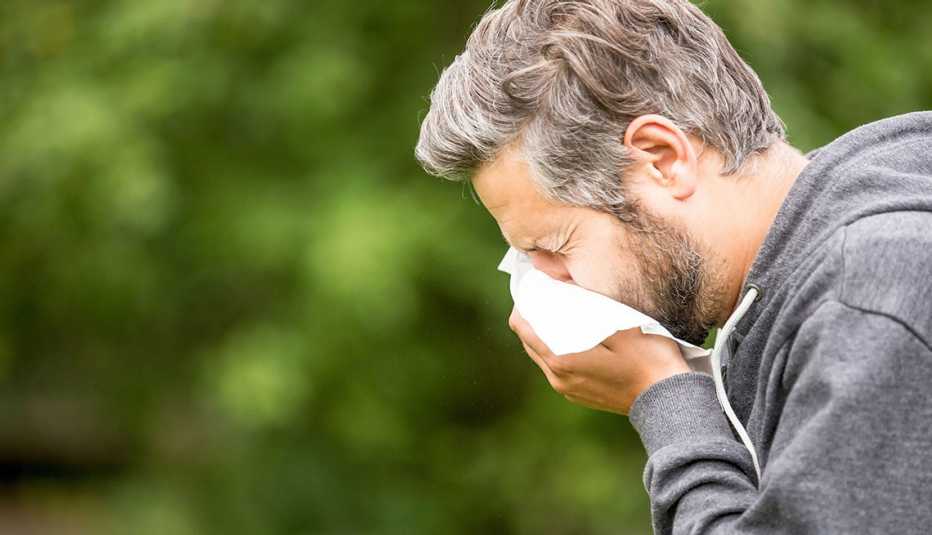AARP Hearing Center
The virus that causes COVID-19 (known as SARS-CoV-2) has been circulating for more than two years, and experts say it’s not going away anytime soon.
At this point, most of the U.S. population has already been infected, according to a recent Centers for Disease Control and Prevention (CDC) study, and some people have had COVID-19 more than once. In fact, reinfections have become more common in recent months, and experts say that trend is expected to continue.
“Everybody is going to be infected with COVID-19 multiple times in their lifetime,” predicts Amesh Adalja, M.D., an infectious disease physician and senior scholar at Johns Hopkins Center for Health Security.
Reasons run the gamut. Experts point to waning immunity from previous infections as well as from vaccines, which have been available to most adults for more than a year now. Studies show that the shots, and especially the boosters, still hold strong when it comes to fighting off severe illness and death, but their ability to block transmission fades over time.
Then there’s the emergence of highly contagious variants, most notably omicron and its sibling strains. The mutations that omicron amassed “allow it to get around some of the immunity that is engendered after people have been infected or been vaccinated,” Adalja says. “Those mutations are facilitating those reinfections.” Data from the United Kingdom shows that reinfections surged in January after the arrival of the omicron variant, followed by a second wave in March and April. Reinfections tracked in New York state follow a similar pattern.
Fewer masks and less handwashing and social distancing have also contributed to the rise in repeat infections, points out Frank Esper, M.D., a pediatric infectious disease specialist at Cleveland Clinic. And we can’t ignore family history. Four other seasonal coronaviruses have been circulating the globe for decades, causing almost one-third of common colds. (Rhinoviruses are the most common culprit; adenoviruses are another common cause.)





































































